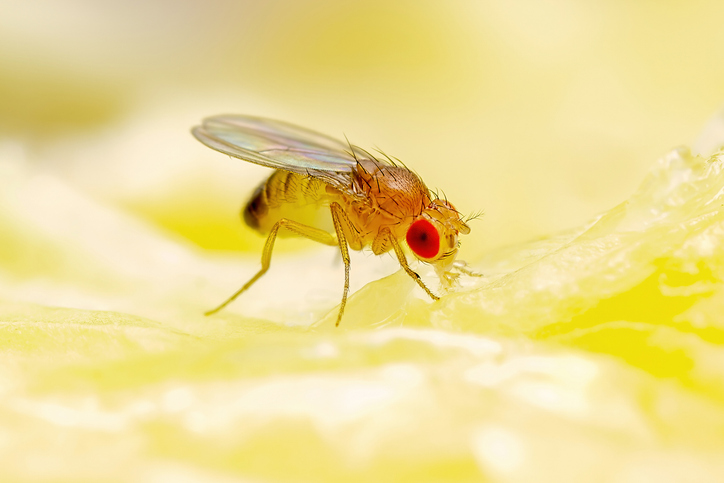Little is known about the specific genes and mechanisms that lead to the development of cocaine use disorder and there are currently no FDA-approved pharmacotherapies that can treat it. However, it continues to be a growing and deadly concern that affects about 1.5 million people nationwide.
Now, for the first time, researchers have created Drosophila that can become addicted to cocaine. Meaning, that the flies will self-administer cocaine if given the option. The new model could prove valuable not only to reveal the biology of addiction, but also for the development of new therapies to prevent and treat cocaine use disorder.
This work is published in the Journal of Neuroscience in the paper, “Bitter sensing protects Drosophila from developing experience-dependent cocaine consumption preference.”
Drosophila and humans react to cocaine in remarkably similar ways, said Adrian Rothenfluh, PhD, associate professor of psychiatry at the University of Utah. “At low doses, they start running around, just like people,” Rothenfluh said. “At very high doses, they get incapacitated, which is also true in people.”
However, one challenge has been a hurdle to researching cocaine use in Drosophila. “Flies do not like cocaine one bit,” noted Rothenfluh. When given a choice between sugar water and sugar water laced with cocaine, Drosophila consistently chose the drug-free option, even when they’d been exposed to cocaine previously.
The team suspected that the answer might lie in the flies’ sense of taste. “Insects are evolutionarily primed to avoid plant toxins, and cocaine is a plant toxin,” said Travis Philyaw, PhD, a research scientist at the University of Washington who did the research as a graduate student in Rothenfluh’s lab.
Watching how flies’ sensory nerves responded to cocaine, the researchers found that the compound strongly activates bitter-sensing taste receptors in the flies’ tarsal segments. More specifically, the group showed that “gustatory sensory neurons expressing the Gr66a bitter receptor are activated upon exposure to cocaine. Silencing of these bitter-sensing neurons or mutation of Gr66a reduces cocaine avoidance. In a longitudinal choice assay, these flies develop preference for cocaine-containing solutions within 12-18 h, whereas control flies do not.”
The researchers say that these findings will help them understand addiction in humans. Now that scientists can study the process in fruit flies, the pipeline to new discoveries can be greatly accelerated, studying hundreds of potentially relevant genes in a much shorter time span.
“We can really start to understand the mechanisms of cocaine choice, and the more you understand about the mechanism, the more you have a chance to find a therapeutic that might act on that mechanism,” asserted Rothenfluh.
In addition to specific searches for therapeutics, Rothenfluh said basic research into the mechanisms of how the human mind—and the Drosophila mind—work can have unexpected impacts. “Basic science is important, and you never know what exciting things you might find that turn out to be impactful for understanding the human condition,” he emphasized.


